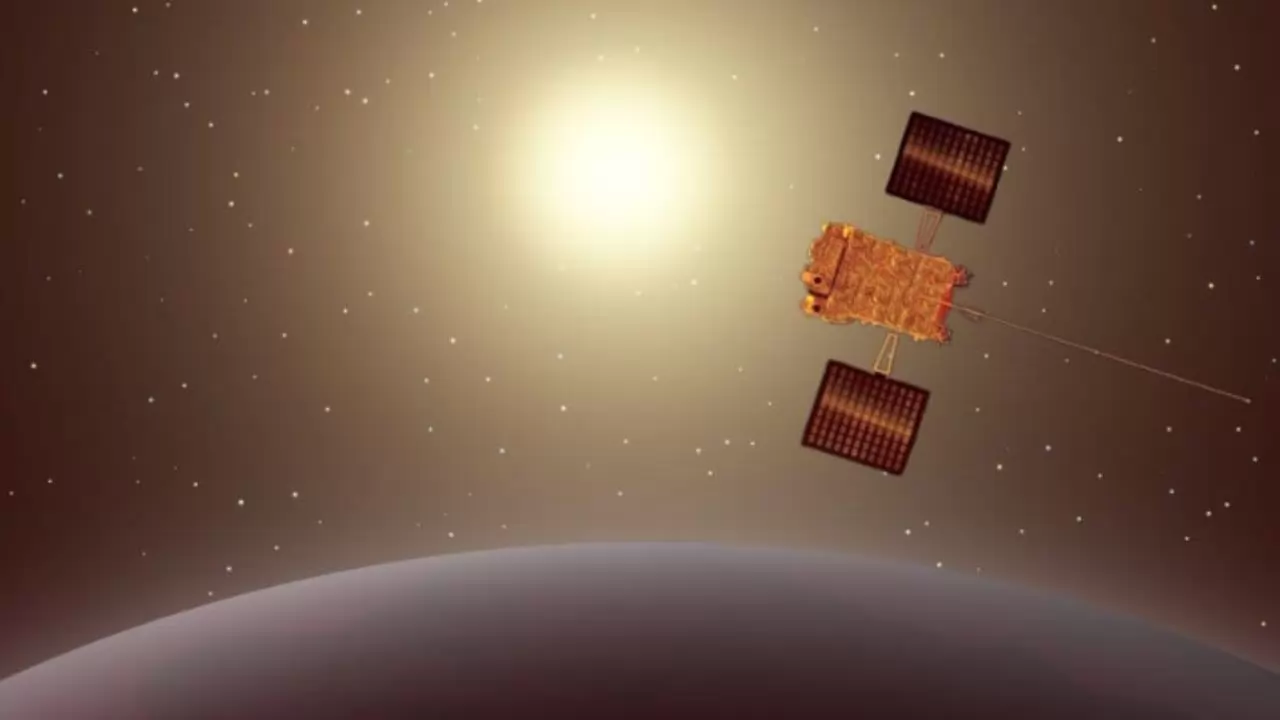
ISRO
Even though a total solar eclipse will pass over North America on April 8, Aditya-L1, India's groundbreaking space-based solar observatory, is still studying the Sun nonstop. As fans in the USA prepare for a once-in-a-century show, Aditya-L1 holds steady in its orbit, providing a constant view of the star in our solar system. Millions of people will be enthralled with the uncommon celestial occurrence known as the complete solar eclipse, which will cross Mexico, the United States, and Canada. It will cast a shadow over the planet and temporarily plunge certain areas into darkness.
However, the natural phenomenon of the Solar eclipse will not be visible in India.
While Aditya-L1 may not capture solar eclipses in the same way that ground-based or space-based telescopes might, it can observe changes in the Sun's corona during an eclipse. By studying how the corona changes during an eclipse, scientists can gain insights into the Sun's outer atmosphere and its behavior during different solar events.
Therefore, while Aditya-L1 may not directly capture images of a solar eclipse in the traditional sense, it will likely contribute valuable data to our understanding of the Sun's behavior during such events.
According to sources, the scientists of the Indian Space Research Organization (ISRO), have deliberately chosen the positioning. The Lagrange Point 1 (L1) has been placed strategically so that Aditya-L1 enjoys an unobstructed view of the Sun throughout the year. the location by the scientists has been opted to ensure continuous observation without the interference of eclipses or occultation.
ISRO's Aditya-L1 mission, launched on September 2, 2023, is India's first mission dedicated to studying the Sun, specifically the photosphere, chromosphere, and corona of the Sun. The spacecraft commenced its journey to its final destination, the Sun-Earth Lagrange’s Point 1 (L1), on September 18, 2023.





Copyright © 2026 Top Indian News
